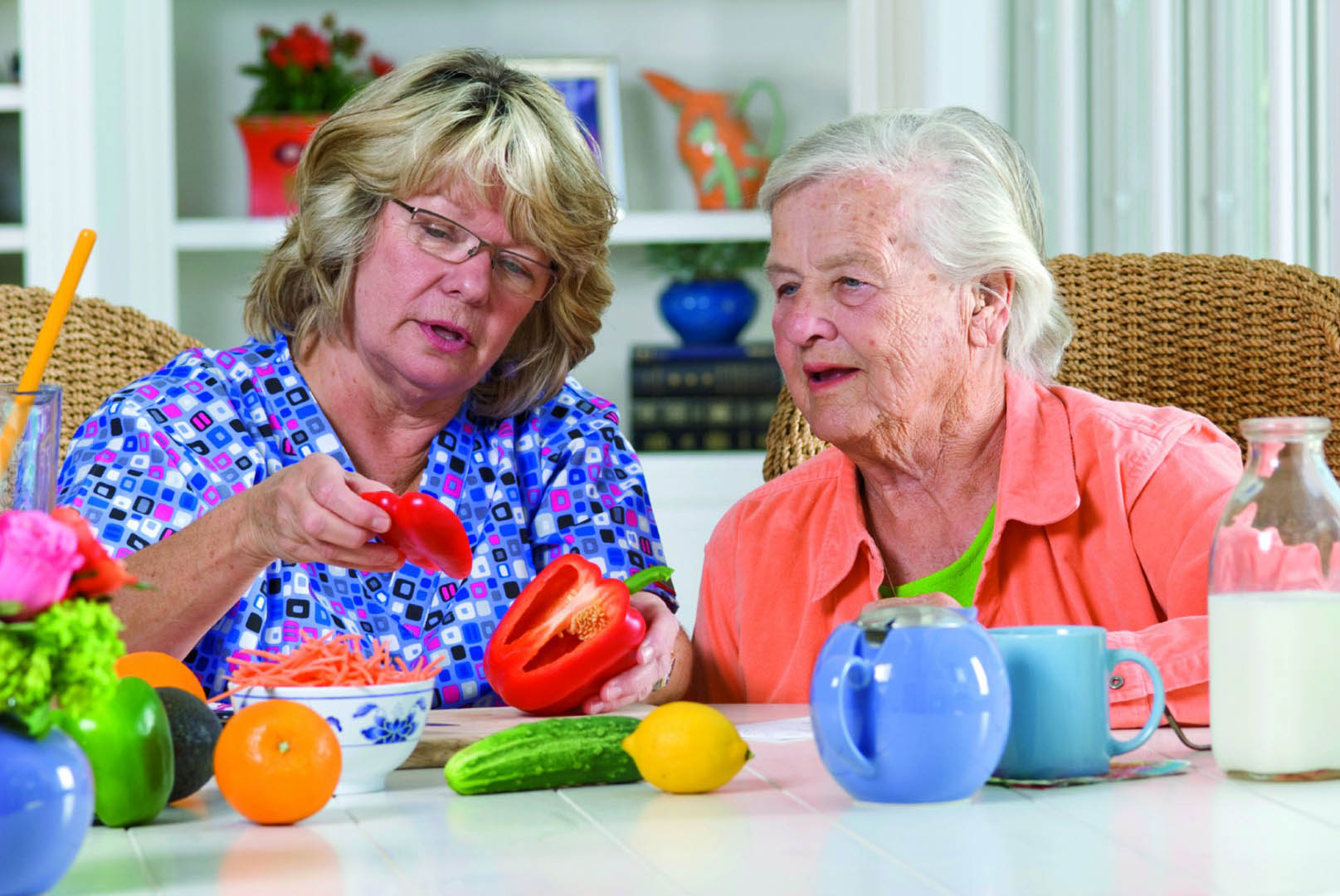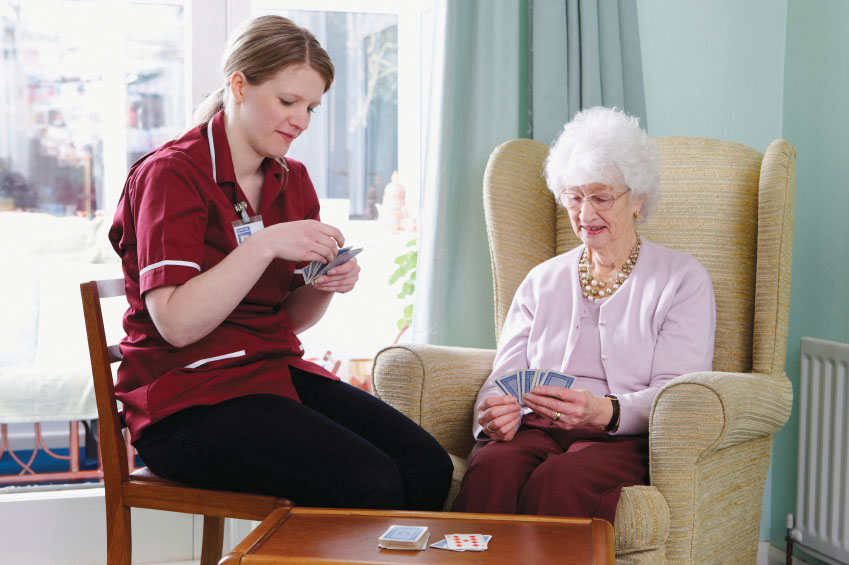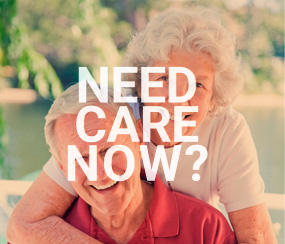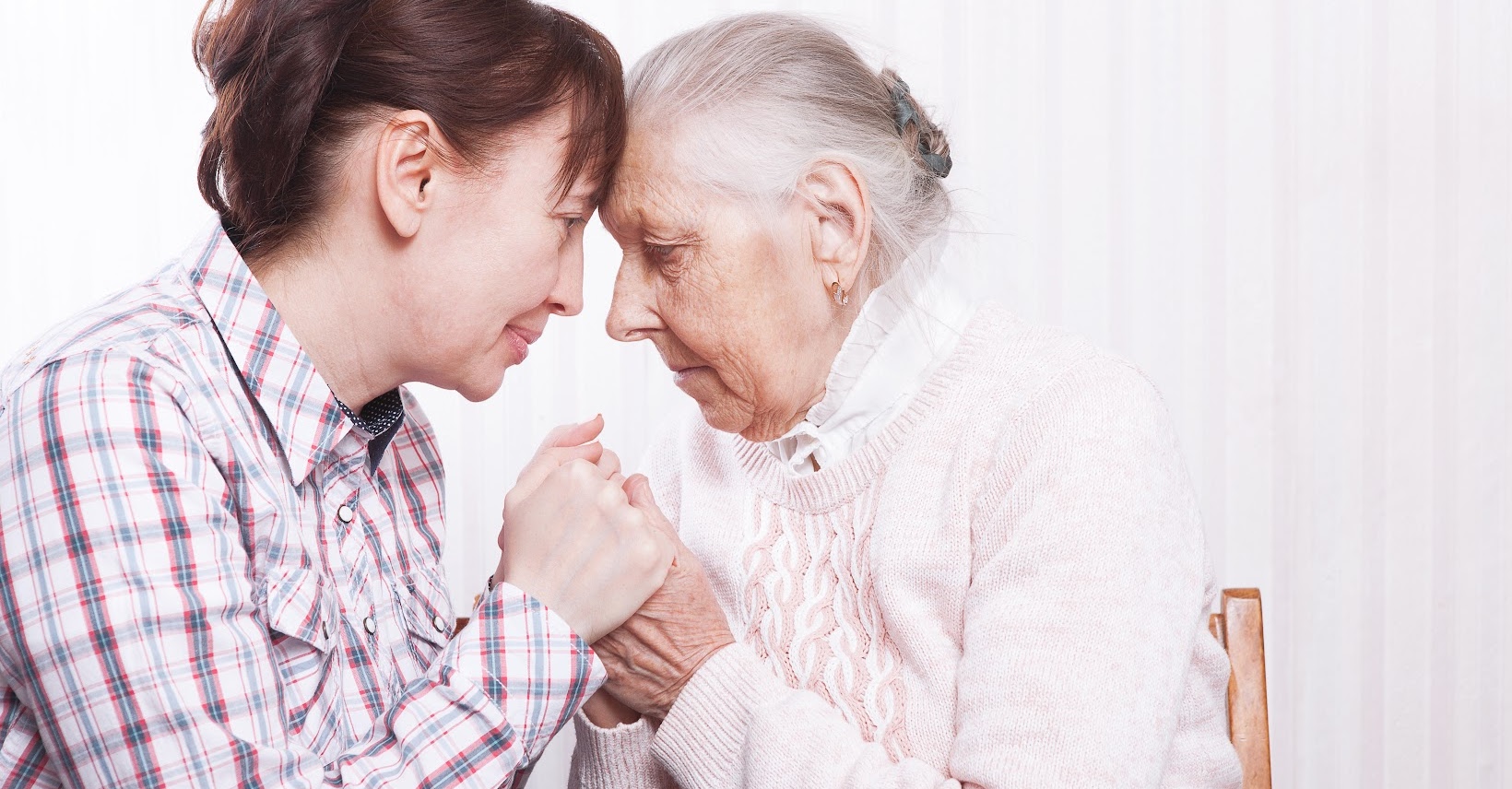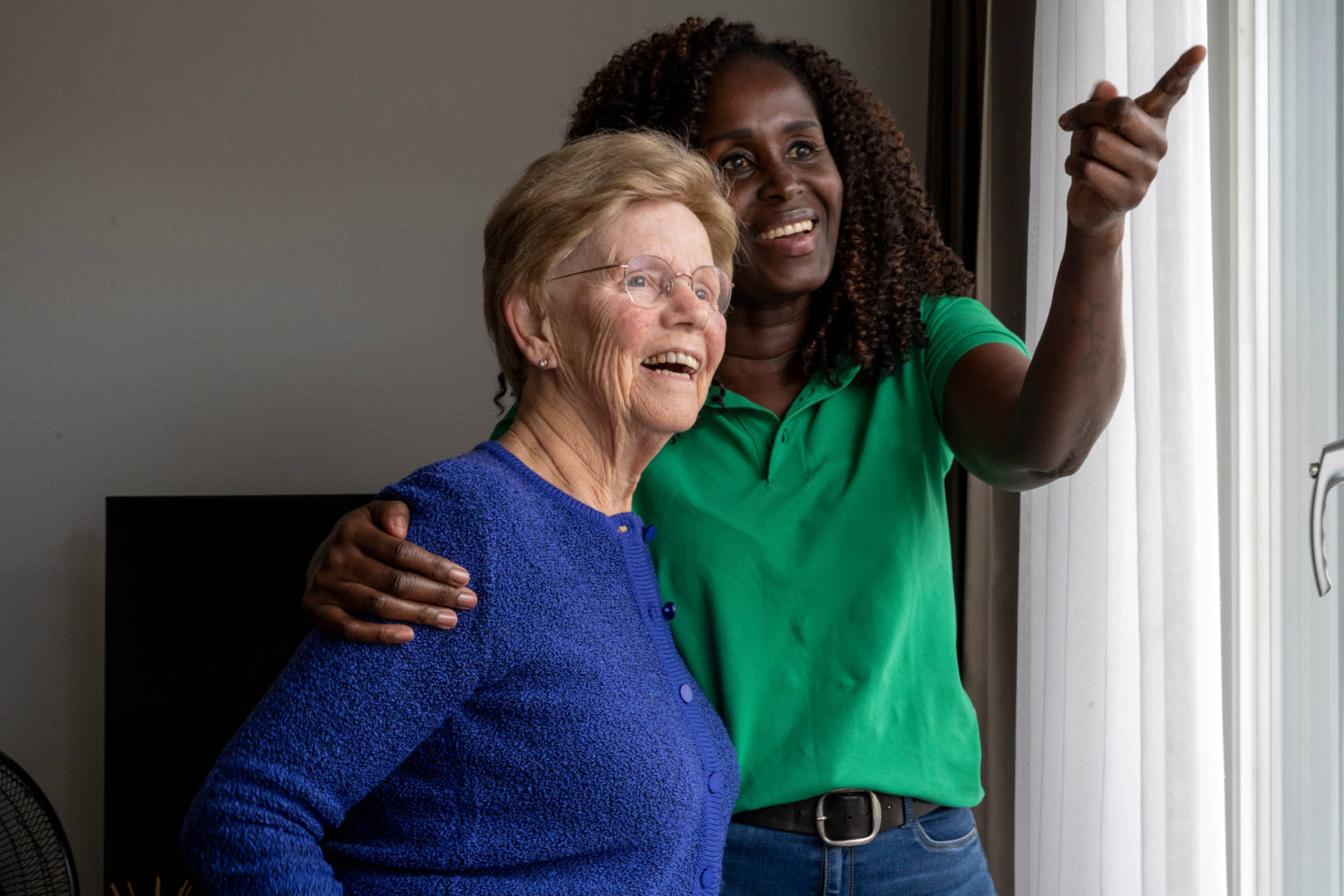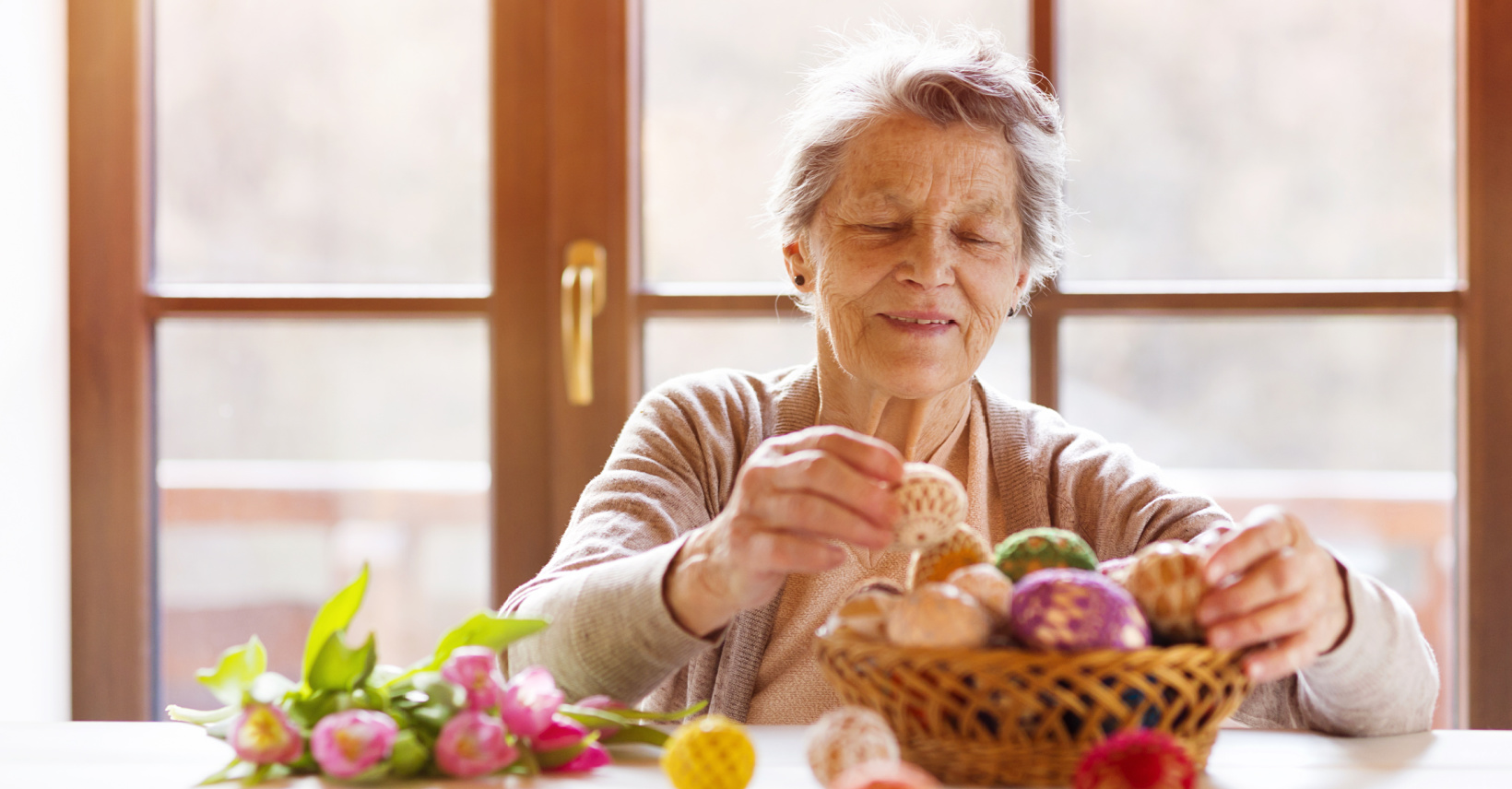
5 Ways to Overcome Caregiver Isolation Caregiving for a loved one can be an incredibly rewarding experience, but it can also be isolating. Caregivers often find themselves spending long hours alone, providing care for their loved ones while their own needs go unmet. This isolation can lead to feelings of loneliness, depression, and burnout. If you're a caregiver, it's important to know that you're not alone. There are many resources available to help you cope with the challenges of caregiving. Here are five ways to overcome caregiver isolation: Join a support group. Support groups provide a safe space for caregivers to share their experiences, get emotional support, and learn from others. There are many different types of support groups available, so you're sure to find one that's right for you. Talk to your doctor. If you're feeling overwhelmed or depressed, talk to your doctor. They can help you assess your needs and develop a treatment plan. Take breaks. It's important to take breaks from caregiving…
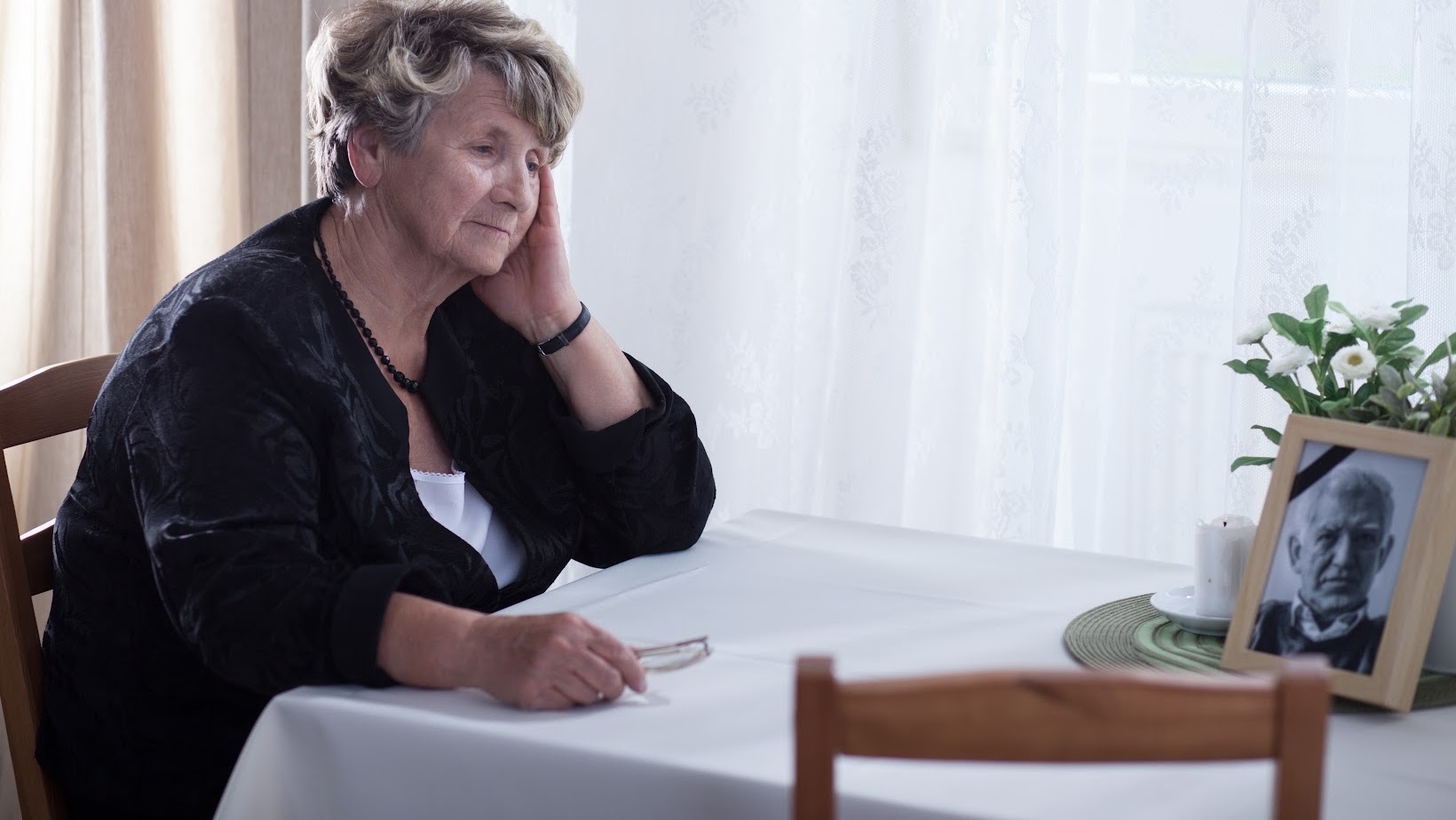
Understand Broken Heart Syndrome and How to Help Someone Who is Grieving Sometimes, the emotional pain of loss and grief can feel almost physically unbearable. Believe it or not, there is a medical term for this phenomenon “broken heart syndrome”. While temporary, the symptoms can be alarming. Let us understand this condition and how to support a loved one struggling with the weight of grief. What is Broken Heart Syndrome? Broken heart syndrome , also known as Takotsubo cardiomyopathy, is a temporary heart condition often triggered by severe emotional distress such as a loss of a loved one, a shocking event, or intense fear. It can cause symptoms that mimic a heart attack, including chest pain, shortness of breath, and an irregular heartbeat. While this can be alarming, the heart usually makes a full recovery within days or weeks. Helping a Grieving Heart When someone you love is facing profound grief, knowing how to support them can feel daunting. Here is a few ways to offer comfort and care: Simply be present: Sometimes, the most powerful support…
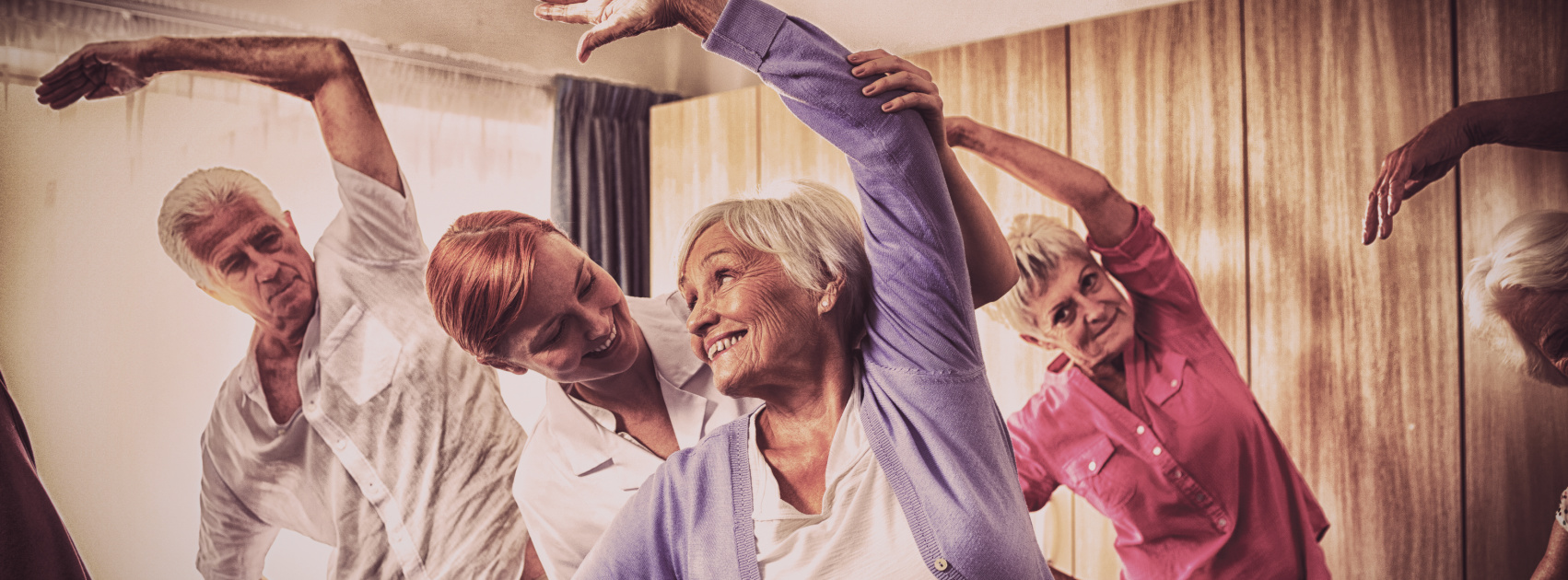
4 Ways to Foster and Strengthen Senior Friendships Whenever we have watched young children play at the playground, it has revealed how easy friendship can be established among them. Whether they are joining a game of hide-and-seek or simply by asking to play, children are quick to welcome newcomers with open arms, fostering instant connections and forming new friendships effortlessly. When it comes to senior friendships it is crucial for their well being, particularly during times of loneliness. By helping your loved ones enhance their social connections and forge new friendships.Try considering some of the tips below: Join a club. By brainstorming topics of interest with your loved one, consider knitting, reading, gardening, fishing and sports. By looking online for local groups that share the same interests or by checking out the neighborhood senior center for resources. If you are unable to find a group, consider starting one yourself for a fun and engaging community activity. Take a class. By exploring online class listings at…

Questions to Ask Aging Parents Today for a Better Tomorrow When it comes to planning the future for our aging loved ones, it is important to ask the correct questions. Understanding their wishes and preferences is key. From practical matters to cherished memories, every important decision counts. By starting the conversation today, it will help to ensure you a smoother transition ahead. It is important to communicate openly with your parents or grandparents about your questions. By scheduling a time to discuss with them, ensuring minimal interruptions. Try considering inviting your siblings or other family members if needed. Prepare your questions in advance to make the most of your time and discussion. Some suggestions are: Do you have a power of attorney, a do-not resuscitate order? Is there a will or a living will in place. Do you have all the documents you need gathered together in one secure place that is easily accessible? What type of care are you looking for? A nursing home, assisted living facility or a professional in-home care service?…

Top Senior Technology Tools to Promote Safe Living at Home “You are always free to choose what you do with your life. To make changes in your future, make new choices today”- Brian Tracy When it comes to choosing a place to live in, later years can be challenging. Many older adults prefer to stay in their home, but there are concerns to consider. Safety, mobility issues, and physical limitations are important factors to think about. What if a loved one falls and needs help? There are a number of senior friendly technology tools available to allow our loved ones to remain at home comfortably. As technology continues to advance, providing solutions to help when challenges arise due to aging. Let’s explore some of the tech devices and how they are enhancing the lives of seniors at home. Remote Patient Monitoring Remote patient monitoring is revolutionizing the way our loved ones are able to connect with their doctors. With the use of wearable devices, smart pill bottles, bio-ingestible capsules and even electronic tattoos, vital signs and…

The Benefits of Social Media for Seniors ( and Family Caregivers) Many of our seniors are embracing social media such as Facebook, Twitter and YouTube. Seniors are discovering that these platforms are not only enjoyable but also offer great advantages. Are your loved ones participating? Here are five ways social media platforms are beneficial for seniors. Social Media keeps families Close- it is a common sentiment with our loved ones wishing they heard more often from their families. With newer technology such as smartphones, one would think that calls to loved ones would be more frequent. Though it does seem that these phones are used more for connecting through other means , especially social media. Many seniors are realizing that joining the social media platform like facebook is making it easier to stay connected and keep up with their loved ones lives. This also allows them to be more comfortable with conversations between generations, surpassing what most would experience through phone calls. Family Photo and Video Sharing- With the rise…







